Software companies face specific training challenges. Products update constantly. Features change. New tools appear. Customers and employees must learn these changes fast. Traditional training methods fail to keep up. Live webinars require difficult scheduling. Documentation becomes outdated within months. Nobody reads long manuals. Software companies now turn to e‑learning animation. This video training is scalable. It is easy to update. It engages the viewer.
Production methods are evolving. What worked three years ago looks old now. New technologies have arrived. Viewer expectations have changed. Learning behaviors are different. We will explore current trends. These approaches reshape how companies create content. These are not predictions. These methods work right now for modern organizations.
To meet these demands, many software brands collaborate with video production companies in Kolkata that specialize in animated e-learning and product training. These companies combine technical understanding with strong visual storytelling, enabling faster updates, modular content creation, and engaging learning experiences suited to rapidly changing software products.
The Software Training Problem
Software products are getting more complex. Cloud platforms. API integrations. Advanced features. Security protocols.
At the same time, user patience is decreasing. People want to start using software immediately. Not after a three-day training course. This creates a tension. Users need knowledge, but they are unwilling to invest time.
Traditional e-learning often fails because:
It gets outdated quickly. By the time you finish filming the live-action tutorial, the interface has already changed. Reshoot everything? Too expensive.
It’s too long and boring. Forty-minute training videos work in corporate classrooms. Not for busy professionals learning at their desk.
It doesn’t match actual workflows. Generic training doesn’t reflect how different users actually work with your software.
It’s hard to update. When one feature changes, you might need to redo the entire course module.
“In software, the only constant is change. Your training content must change just as fast.”
Modern e-learning animation solves these problems by offering flexibility, visual clarity, and update-friendly production approaches.
Trend 1: Microlearning Modules Over Long Courses
Companies now break training into small pieces. They do not make one long course. They create short videos on specific tasks.
Why this works:
Matches actual learning behaviour. People don’t set aside hours for training anymore. They learn when they hit a problem. Quick video showing exactly that feature? Perfect.
Easier to update. When a feature changes, update one short module. Not the entire course.
Better completion rates. Users actually finish 3-minute videos. Thirty-minute courses get abandoned halfway.
Video production companies in India and globally are adapting workflows for the rapid production of short modules rather than lengthy productions.
This modular approach means your training library grows organically. Add new videos as features launch. Archive outdated ones. Keep everything current.
Trend 2: Interactive Video Elements
Passive watching is out. Interactive learning is in.
Modern e-learning animation includes clickable elements. Quiz questions mid-video. Branching scenarios where the learner’s choice determines what happens next.
For software training, this means:
Decision points: “Which feature do you want to learn about?” Video branches based on the answer.
Practice moments: “Try clicking this button yourself.” Video pauses while the user practices in the actual software.
Knowledge checks: Quick questions confirming understanding before moving forward.
Tools like H5P, PlayPosit, and custom interactive players make this possible. Many video production services now offer interactive video as a standard option.
Interactive content increases engagement dramatically. Instead of passively watching, users actively participate. They retain more. Apply learning faster.
Trend 3: Animated Software Demos Over Screen Recordings
Screen recordings used to be standard for software training. But they have problems. Mouse movements look shaky. Screen clutter confuses viewers. Updates require complete re-recording.
That’s why animation studios are creating stylised software interface animations instead.
Benefits of animated demos:
Perfect clarity: Highlight exactly what matters. Dim everything else. Draw attention precisely where needed.
Smooth transitions: Elegant animations between steps instead of choppy cuts.
Easy updates: Change text, button positions, or workflows without reshooting. Just re-render.
Brand consistency: Match your visual identity. Use company colours and style throughout.
Works across versions: Abstract enough to remain relevant even as minor interface details change.
Smart software companies now create 2D or 3D animated representations of their interfaces. Looks professional. Ages better. Updates easier.
Trend 4: AI-Assisted Personalisation
Artificial intelligence is changing how training content gets delivered.
E-learning companies in India and worldwide are experimenting with AI that:
Recommends next video: Based on the user’s role, previous watching history, and common learning paths.
Adjusts pacing: Detects when the viewer seems confused (rewatching sections) and offers additional resources.
Generates custom learning paths: Creates personalised training sequences for each user role.
Provides real-time translation: Auto-translates content for global teams learning in their preferred language.
While full AI-generated training isn’t here yet, AI-assisted curation and personalisation are very real. They make existing e-learning animation content work harder by serving the right video to the right person at the right time.
Trend 5: Vertical and Mobile-First Training
More people are learning on mobile devices. During commutes. Between meetings. In quick breaks.
This changes how training videos should be created:
Vertical format videos for mobile viewing. No more turning the phone sideways.
Shorter durations because mobile sessions are brief. Two minutes maximum.
Larger text and interface elements so details remain visible on small screens.
Subtitle-first design since many watch without sound in shared spaces.
Progressive video production companies in India design mobile-first from the start. Not desktop videos adapted for mobile, but content created specifically for phone viewing.
For software companies with mobile apps or field teams, mobile-friendly training isn’t optional anymore.
Trend 6: User-Generated and Crowdsourced Content
Interesting trend emerging: companies encouraging users to create training content.
Not to replace professional production. But to supplement it with real-world perspectives.
Advanced users record tips and tricks. Customer success teams create quick how-to videos for common questions. Sales demos get repurposed as training content.
Smart companies then have professional animation studios enhance these recordings. Add animated overlays. Professional voice-over. Branded intros. Consistent style.
The result is authentic, practical content that complements the official training library. Users trust it because it comes from fellow users, not just the marketing team.
Trend 7: Continuous Content Updates
Software updates are monthly or even weekly. Training content must keep pace.
New production model emerging: video production services offering ongoing content partnerships instead of one-time projects.
Instead of commissioning a complete training library once, companies now work with production partners continuously:
– Monthly retainer for updates and new modules
– Rapid-turnaround processes for urgent releases
– Reusable asset libraries for faster production
– Templates allowing in-house teams to create simple updates
This shift from project-based to partnership-based production ensures training never falls behind product reality.
Trend 8: Scenario-Based Learning
Instead of feature-by-feature tutorials, scenario-based training shows complete workflows.
Example: Rather than separate videos on “creating reports,” “filtering data,” and “exporting results,” one scenario shows the entire process of “Preparing monthly sales report for presentation.”
E-learning animation excels at scenario creation. Animated characters work through realistic situations. Viewers see how features work together in actual use cases.
This contextual learning helps users understand not just how features work, but when to use them. Which combinations make sense? What workflows are most efficient?
Trend 9: Gamification Elements
Game elements increase engagement. Progress bars show the journey. Badges reward completion. Leaderboards create competition. Points mark passed quizzes. These elements improve motivation. It is not a game. It borrows the best parts. Progress becomes visible. Achievements feel rewarding.
Trend 10: Accessibility-First Design
Legal rules push accessibility forward. Modern video includes everyone. Captions are standard. Professionals edit them. Audio descriptions explain the screen for the blind. Keyboards navigate the player. High contrast helps vision. Playback speeds are adjustable. This helps everyone. Captions help non‑native speakers. Audio descriptions clarify details. Keyboard controls speed up reviews. Accessibility is good design. It improves learning for all users.
Practical Implementation
How do software companies actually adopt these trends?
Start with an audit: Review existing training content. What’s outdated? What has low completion rates? Where do users struggle most?
Prioritise by impact: Don’t try implementing all trends at once. Choose two or three that address your biggest training challenges.
Partner strategically: Find video production services that understand software training specifically. Not just general video production. Look for a portfolio showing software demos and technical training.
Build asset library: Create reusable elements. Animated interface components. Character sets. Templates. These make updates faster and cheaper.
Measure consistently: Track completion rates, time-to-proficiency for new users, and support ticket reduction. Prove training ROI.
Iterate based on data: Use analytics to see which videos work. Which formats engage best? Where users drop off. Refine continuously.
Conclusion
E-learning changes fast. It evolves like the software itself. Current trends reshape training. Microlearning and interactivity lead the way. AI and mobile design matter. Continuous updates and scenarios are key. Gamification and accessibility add value. This is good business. Trained users succeed. Successful users stay. The trends are clear. The tools exist. Your organization must adapt to this new era—working with the best video production company in Kolkata.
FAQs
1.What can software companies gain from modern e‑learning video technology?
Software changes rapidly. Traditional training becomes irrelevant quickly. New versions require new training. Modern technology allows quick updates. It offers an interactive experience. This fits current learning preferences.
2.What are the advantages of microlearning over longer training courses?
Microlearning provides short videos. Each video covers one task. It is easier to complete than a long course. It can be updated quickly. It fits into a busy schedule. Users access content as needed.
3.In what ways can animation enhance software training?
Animated demos show features clearly. They eliminate distractions. The video highlights key parts. The content remains relevant even if the layout changes.

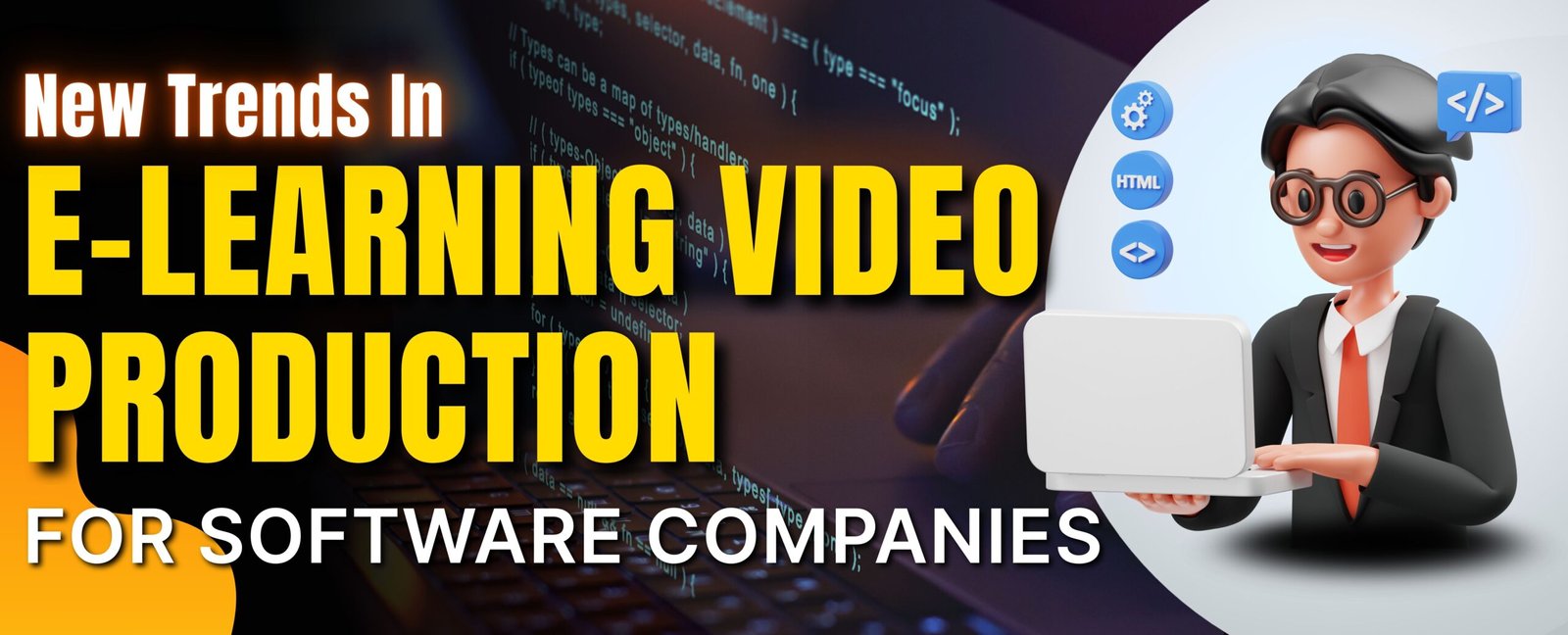








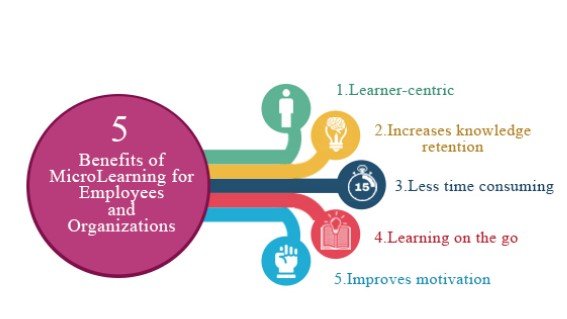


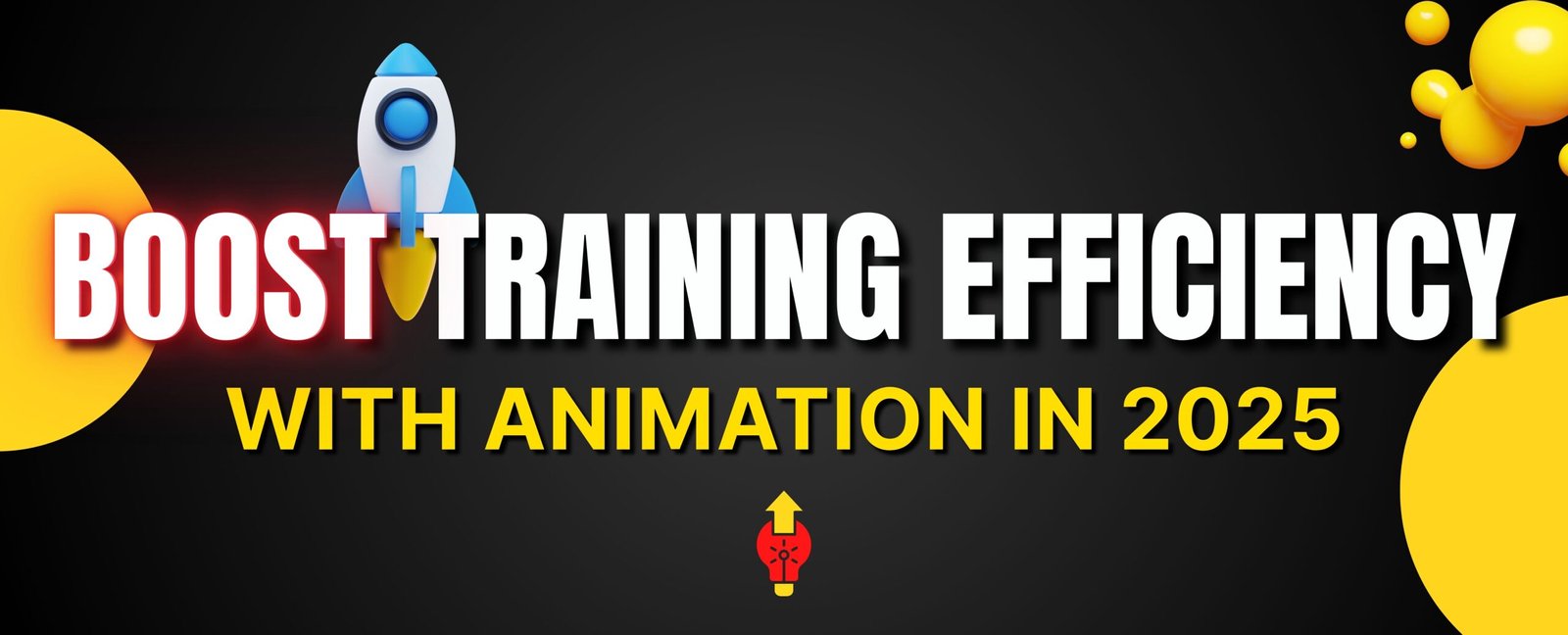
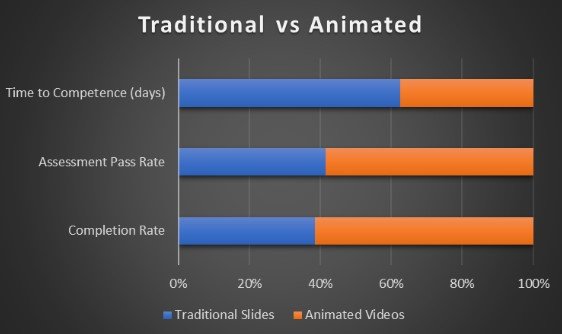
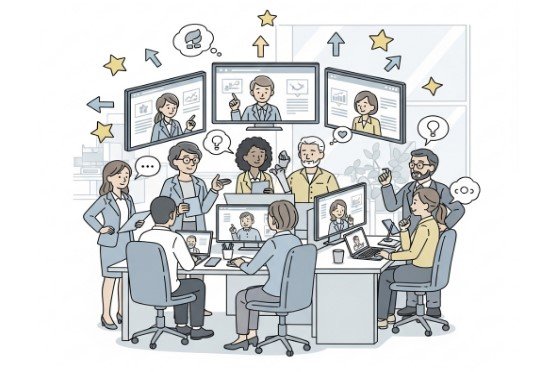

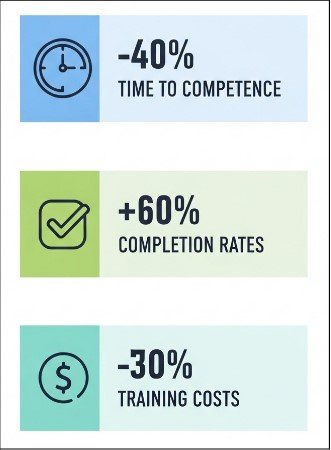
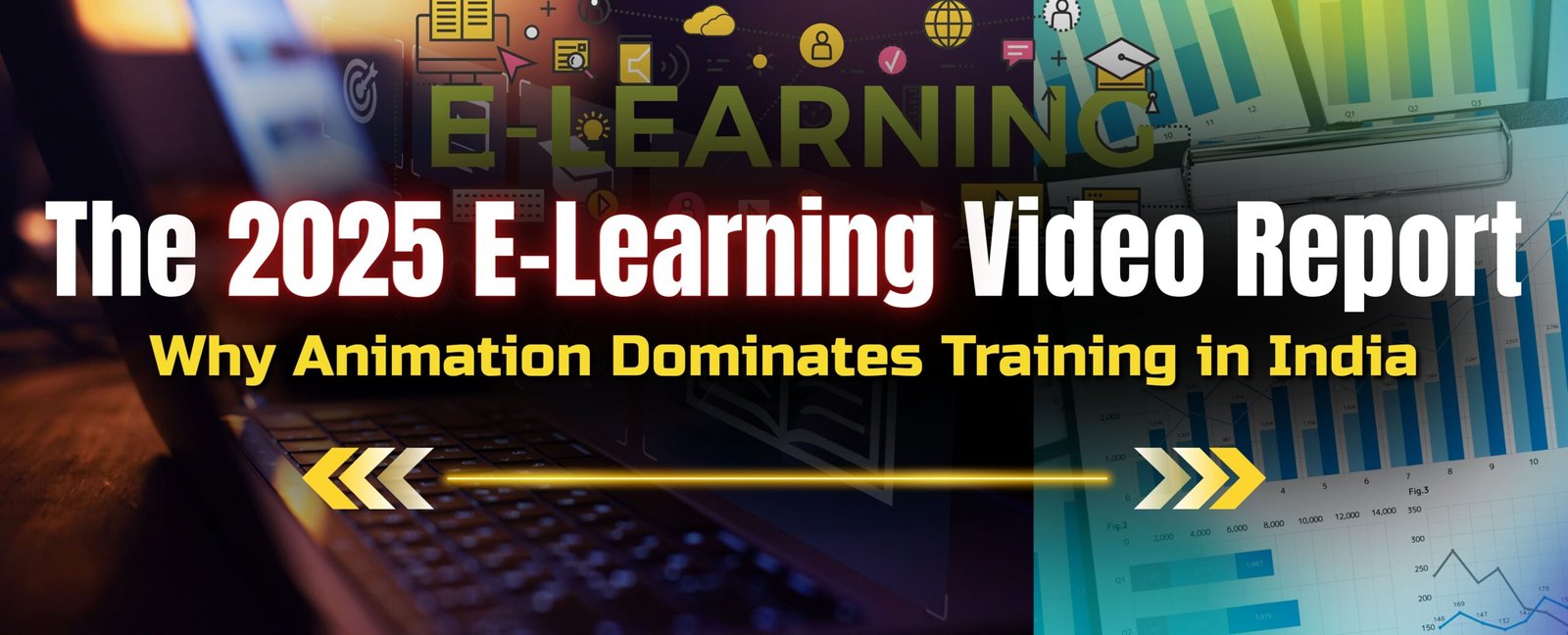

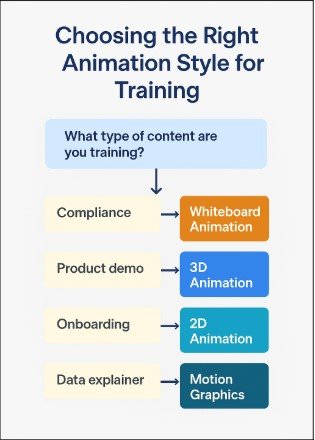
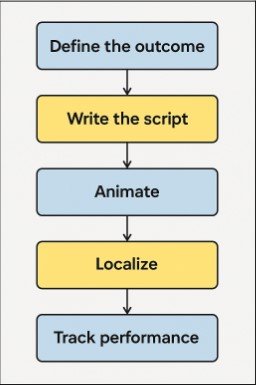




 Located in Austin, Texas, Powerhouse Animation Studios has a diverse portfolio that includes educational animations. They have collaborated with educational companies to produce animated content that enhances learning experiences. Their ability to adapt to various educational themes makes them a versatile partner in e-learning video production.
Located in Austin, Texas, Powerhouse Animation Studios has a diverse portfolio that includes educational animations. They have collaborated with educational companies to produce animated content that enhances learning experiences. Their ability to adapt to various educational themes makes them a versatile partner in e-learning video production. With offices in London, Montreal, and Vancouver, Cinesite is renowned for its high-quality visual effects and animation services. Their expertise extends to creating immersive educational content that leverages advanced animation techniques. By incorporating cutting-edge visuals, they elevate the standard of e-learning videos, making complex subjects more understandable and engaging.
With offices in London, Montreal, and Vancouver, Cinesite is renowned for its high-quality visual effects and animation services. Their expertise extends to creating immersive educational content that leverages advanced animation techniques. By incorporating cutting-edge visuals, they elevate the standard of e-learning videos, making complex subjects more understandable and engaging.